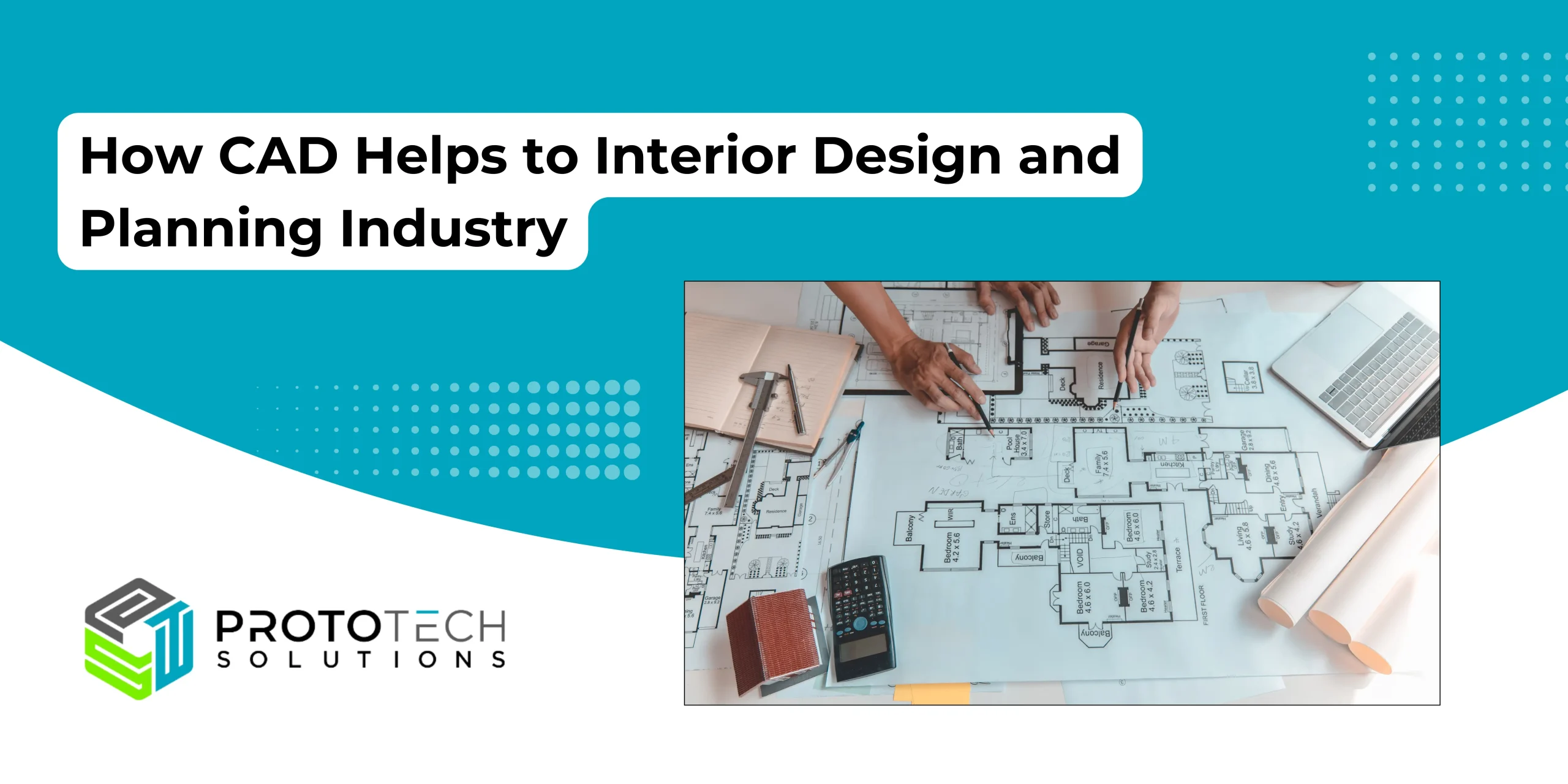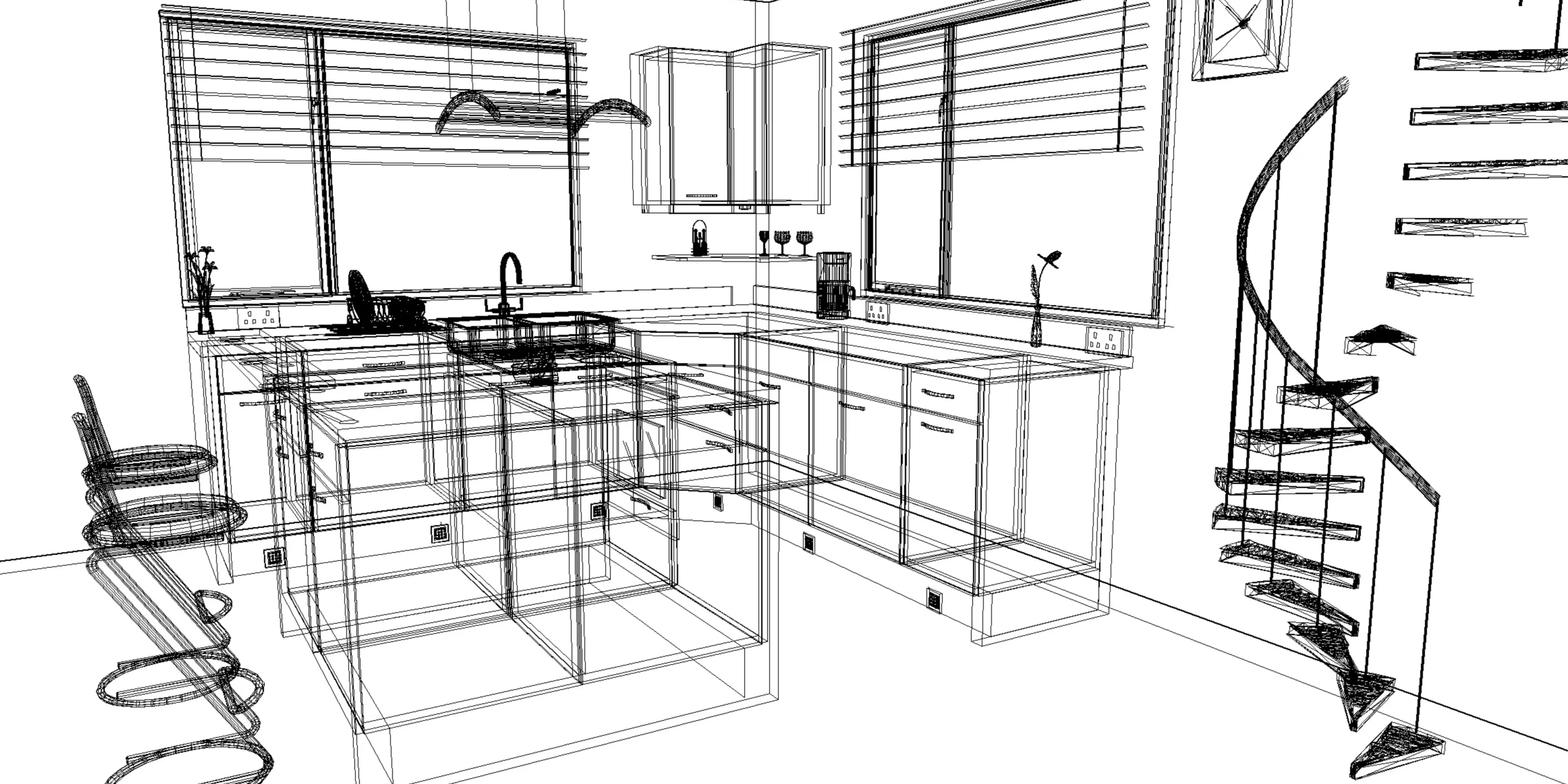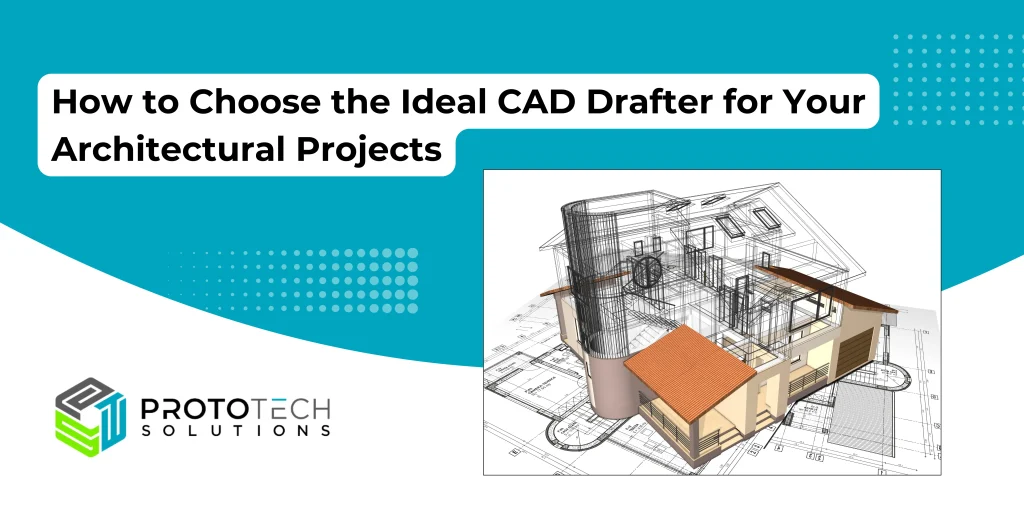How CAD Helps to Interior Design and Planning Industry

Introduction
The interior design market is a rapidly growing industry that has been gaining momentum in recent years. As per the latest market analysis, the interior design market size was valued at USD 130.5 Billion in 2022. The industry is expected to grow at an impressive pace, with a projected market value of USD 137.67 Billion in 2023, which is anticipated to reach USD 211.29 Billion by 2032. This growth is set to exhibit a compound annual growth rate (CAGR) of 5.50% during the forecast period, which spans from 2023 to 2032.
The interior design market has been witnessing an upswing, thanks to the growing demand for sustainable and wellness-focused design. With the rise in environmental concerns and the need for more sustainable design solutions, the market is poised to grow at an unprecedented pace. This has led to the adoption of eco-friendly materials, energy-efficient systems, and the incorporation of natural elements in design, among other things.
In the world of interior design and planning, creativity knows no bounds. From conceptualizing spaces to bringing them to life, designers navigate through a plethora of ideas, materials, and layouts to craft environments that reflect the essence of their client’s visions. However, in the age of technology, traditional methods are being augmented and revolutionized by tools like Computer-Aided Design (CAD). CAD has emerged as a game-changer in interior design, offering designers unparalleled precision, efficiency, and flexibility.
As you read through this blog post, you’ll discover how computer-aided design (CAD) software can be an invaluable tool for interior designers. With CAD software, interior designers can test out different materials, colors, and layouts, and quickly make changes as needed. Additionally, CAD software can help designers communicate their ideas more effectively with clients and other stakeholders, as they can easily share 3D models and renderings of their designs. Overall, CAD software is a game-changer for interior designers looking to bring their ideas to life more efficiently and effectively.
Key Benefits of CAD in Interior Design and Planning

The advantages of using Computer-Aided Design (CAD) software in the field of interior design and planning. The text highlights how this technology can help designers create accurate and detailed plans, visualize designs in 3D, save time and money, and improve collaboration with clients and other professionals.
- Precision: CAD ensures accurate measurements and alignment, minimizing errors in interior design layouts.
- Visualization: CAD enables realistic 3D modeling and rendering, aiding clients in visualizing their spaces before construction.
- Efficiency: CAD streamlines the design process, automating tasks and facilitating rapid iterations for enhanced productivity.
- Collaboration: CAD fosters seamless collaboration between designers, architects, and clients through easy file sharing and real-time feedback.
- Flexibility: CAD allows designers to explore diverse design concepts and experiment with ideas, fostering innovation and creativity.
Let’s we will explore in detail how CAD helps in the interior design and planning industry.
1. Evolution of Interior Design with CAD
Traditionally, interior design involved manual drafting, painstakingly drawing floor plans, elevations, and perspectives by hand. While this method allowed for creativity, it was time-consuming and prone to errors. CAD revolutionized this process by providing designers with digital platforms to create, modify, and visualize designs with ease.
CAD software enables designers to draft detailed floor plans, elevations, and 3D models swiftly and accurately. This digital approach streamlines the design process and facilitates collaboration between designers, architects, and clients. Design iterations can be made effortlessly, allowing for quick adjustments based on feedback and evolving requirements.
2. Precision and Accuracy
One of the most significant advantages of CAD in interior design is its precision and accuracy. CAD software allows designers to create designs to exact measurements, ensuring that every element fits seamlessly within the space. Whether it’s determining the dimensions of a room, the placement of furniture, or the alignment of architectural features, CAD enables designers to achieve unparalleled accuracy.
Moreover, CAD software offers tools for precise detailing and customization. Designers can specify material finishes, textures, and colors with precision, allowing clients to visualize the final result with remarkable clarity. This level of detail enhances communication between designers and clients, minimizing misunderstandings and ensuring that expectations are met.
3. Visualization and Simulation
Visualization plays a crucial role in interior design, as clients often struggle to envision the outcome based on 2D drawings alone. CAD addresses this challenge by providing advanced visualization capabilities, including 3D modeling and rendering.
With CAD software, designers can create realistic 3D models of interior spaces, complete with furniture, lighting, and decor elements. These models can be rendered with lifelike textures and lighting effects, allowing clients to experience the space virtually before any construction or renovation begins.
Furthermore, CAD enables designers to simulate different design scenarios and variations rapidly. Whether it’s experimenting with alternative furniture layouts or exploring different color schemes, CAD empowers designers to iterate and refine their designs efficiently. Clients can provide feedback based on these simulations, enabling designers to fine-tune their concepts until they achieve the desired result.
4. Efficiency and Productivity
In the fast-paced world of interior design, efficiency is paramount. CAD software significantly enhances productivity by automating repetitive tasks and streamlining complex processes.
For instance, CAD allows designers to create libraries of reusable components such as furniture, fixtures, and finishes. These libraries not only save time but also ensure consistency across multiple projects. Designers can quickly drag and drop these components into their designs, speeding up the drafting process significantly.
Moreover, CAD facilitates seamless collaboration and document management. Design files can be easily shared with team members and clients, allowing for real-time feedback and revisions. This collaborative approach fosters transparency and accountability, ensuring everyone is aligned with the project’s goals and timelines.
5. Accessibility and Flexibility
Another advantage of CAD is its accessibility and flexibility. Unlike traditional drafting tools, which require specialized training and equipment, CAD software is readily available and user-friendly.
Many CAD programs offer intuitive interfaces and extensive documentation, making it easy for designers to learn and master the software quickly. Additionally, CAD is compatible with a wide range of devices, including desktop computers, laptops, and tablets, enabling designers to work remotely or on the go.
Furthermore, CAD provides designers with the flexibility to explore innovative design concepts and experiment with unconventional ideas. Design iterations can be created and evaluated rapidly, allowing designers to push the boundaries of creativity without constraints. This flexibility fosters innovation and enables designers to deliver truly unique and personalized solutions to their clients.
Final Thoughts
In conclusion, CAD has transformed the landscape of interior design and planning, empowering designers to unleash their creativity and streamline their workflows. From precision drafting to realistic visualization, CAD offers a myriad of tools and capabilities that enhance efficiency, accuracy, and collaboration.
As technology continues to evolve, CAD will undoubtedly play an increasingly pivotal role in shaping the future of interior design. By embracing CAD and harnessing its full potential, designers can elevate their craft, exceed client expectations, and create spaces that inspire, delight, and endure for generations.
Are you looking for skilled CAD experts to elevate your interior design projects? Your search ends here! Turn to ProtoTech Solutions, your go-to destination for premium CAD design and drafting services. With a focus on quality and innovation, we bring your vision to life with precision and flair. Trust us to enhance your interior design projects with our expertise and dedication. Choose ProtoTech Solutions for unparalleled excellence in CAD services.



